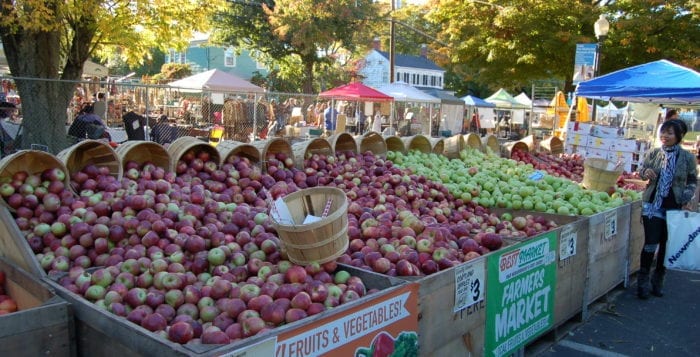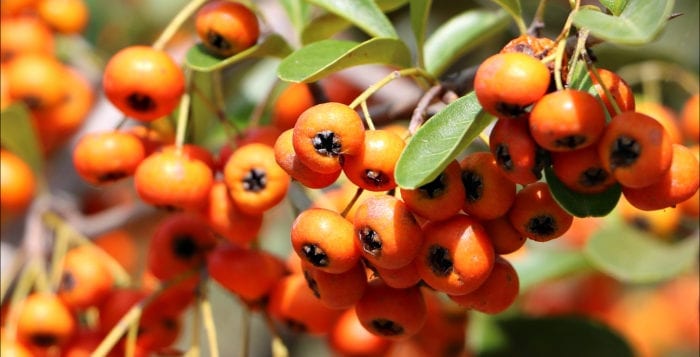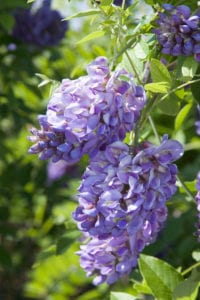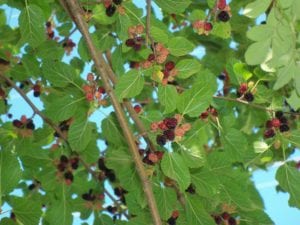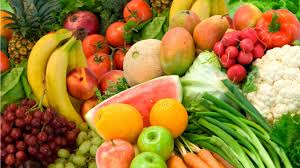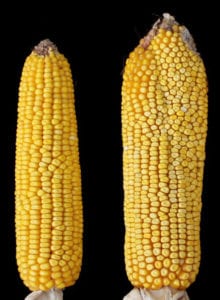By David Dunaief
It’s a persistent question: Should we minimize our carbohydrate consumption? Unfortunately, it depends on a number of factors including the type of carbohydrate and your family and personal history of chronic disease such as diabetes, cardiovascular disease, obesity, high triglycerides and hypertension. If this seems complicated and confusing to you, you are not alone. We have been bamboozled, railroaded or whatever term you like about carbohydrates for decades.
The body is like a chemistry set in that it turns many different types of carbohydrates into sugar. In other words, most of the sugar we consume is not what we add to food, but rather the food that our bodies turn into sugar. This is what’s so dangerous because it raises our blood sugar level.
The FDA has recently tried to quantify the amount of sugar we should consume on a daily basis (1). The agency recommends that we get no more than 50 grams of ADDED sugar a day. This seems like an easy task, for who would add 14.5 teaspoons of sugar to their food or drink in a day? Ah, but there is a catch: It includes processed foods such as refined carbohydrates and beverages. In fact, one can of soda may be enough to reach the upper limits of this recommendation.
We have been told for years that fats, especially saturated fats, were the enemy. Remember the food pyramid? The USDA had grains as its foundation for the longest time. Why would this be? Well, as it turns out, this is not a conspiracy theory but an actual scheme by the sugar industry to influence what we ate. They blamed fats as the cause for chronic diseases. However, they were very tricky in their approach, influencing scientists in the 1960s and 1970s with a small amount money, as was recently disclosed in a medical journal. We will discuss this in more detail.
Not all carbs are created equal
Carbohydrates come in many different forms. It depends on how much fiber they contain and whether they’re in liquid or solid form (2). Don’t focus on whether the carbohydrates are soluble or insoluble, complex or simple.
What is important is that some carbs don’t raise our blood sugar levels, while others have a much higher propensity to raise them. The carbs that don’t, or are less likely to, include fruits, nonstarchy vegetables, beans, legumes, pasta made from beans and tofu. With these, for the most part, you can eat a plentiful amount and may help prevent and even reverse chronic diseases such as diabetes, cardiovascular disease and obesity. However, carbs that raise our blood sugar are grains, especially refined grains, starchy vegetables like potatoes, fruit juice, sweets, bread, grain pasta, dried fruit, alcohol, soda, condiments and sauces. Let’s look at the evidence.
Sugar industry manipulation
You wouldn’t think we could be fooled by the sugar industry or distracted into thinking that saturated fats are what’s detrimental, not carbohydrates, and in their simplest form, sugars. This is just what the sugar industry did. A recent article in JAMA flushes this out (3).
The Sugar Research Foundation, the predecessor to the Sugar Association, paid three Harvard scientists to focus on fat and cholesterol as contributing factors to the rise in heart disease, not sugar. The resulting low-fat diet craze led to products loaded with sugar, like Snackwell cookies.
How much did they pay the researchers? A paltry $50,000 total in current monetary value. One of the scientists involved became the director of nutrition at the USDA. While the sugar industry and Harvard scientists in the 1960s may have conspired to downplay the dangers of sugar, strong evidence has now come to light that sugar, especially refined sugar, plays a role in heart disease and many other chronic diseases. However, this does not exonerate foods with high levels of saturated fat such as animal products.
We could never fall for this again, right? Well, that is what Coca-Cola was hoping to repeat recently by paying scientists millions of dollars to blame exercise, not diet, for the increase in heart disease, diabetes and obesity (4). This was recently revealed in a New York Times article entitled, “Coca-Cola Funds Scientists Who Shift Blame for Obesity Away From Bad Diets.” The Global Energy Balance Network, a nonprofit advocacy group, was influenced by the funding from Coke. In fact, a 2013 peer-reviewed journal article argued similar ridiculous assertions (5). It was subsequently amended to note the funding by Coca-Cola. The difference is that scientists now have to disclose any paid industry associations when published in a peer-reviewed journal, unlike in the 1960s and 1970s.
Starchy vegetables — be leery!
It is not only refined grains that are a problem. Another is starchy vegetables, in this case potatoes. In a recent study, results showed that potatoes increased the risk of diabetes, while replacing them with whole grains may decrease this risk (6). Those who ate less than two to four servings of starchy vegetables per week had a 7 percent increased diabetes risk, and those who ate at least seven servings per week had a 33 percent increased risk. Those who consumed french fries had even higher risks for diabetes. This was a meta-analysis including data from three prestigious sources, the Health Professional Follow-up Study and The Nurses’ Health Study I and II, involving almost 200,000 men and women across the three studies with a minimum duration of 20 years.
Here is the corker: It did not matter what type of potato they were eating! Although I could not find data that delineated the different types of potato, this may imply sweet potato.
Whole fruit vs. nonstarchy veggies vs. starchy veggies
Many people who want to lose weight find the task to be downright daunting. The following may provide motivation. In a study, results showed that eating whole fruit helped people lose weight. Nonstarchy vegetables also had similar results; however, starchy vegetables caused people to put on the pounds (7). The fruits included berries, pears and apples. The vegetables with the most positive weight-loss impact were cauliflower and soy/tofu. Starchy vegetables included corn and potatoes. This was a meta-analysis involving three studies and over 130,000 men and women.
Clinical example — what a surprise!
In my practice, I had been encouraging patients to eat starchy vegetables that were high in a class of nutrients known as carotenoids. These starchy vegetables include sweet potato, acorn squash, butternut squash, spaghetti squash, pumpkin and corn. Well, it turns out that a number of my patients indeed had higher nutrient levels in their blood, but unfortunately had no decrease in the inflammatory marker, C-reactive protein (CRP), that usually accompanies this effect. Even worse, their triglycerides, insulin levels and HbA1C, a measure of three-month sugars, were actually elevated and they could not lose weight.
The moral of the story is that we don’t have to be on a low-carb diet. Instead, we should focus on consuming carbohydrates that may prevent and reverse disease, such as fruits, nonstarchy vegetables and beans, while trying to minimize those that would potentially have the opposite effect, including starchy vegetables, disappointingly. The response to carbohydrates tends to depend on individuality when it comes to whole grains and starchy vegetables, though those with diabetes, heart disease, obesity and hyperinsulinemia would be advised to minimize their intake. Of course, all of us should minimize our intake of refined grains, sugars and processed foods.
References: (1) FDA.gov. (2) Uptodate.com. (3) JAMA Intern Med. online Sept. 12, 2016. (4) NYTimes.com. (5) PLoS One. 2013 Oct 9;8(10):e76632. (6) Diabetes Care. 2016;39(3):376-384. (7) PLoS Med. 2015;12(9):e1001878.
Dr. Dunaief is a speaker, author and local lifestyle medicine physician focusing on the integration of medicine, nutrition, fitness and stress management. For further information, visit www.medicalcompassmd.com or consult your personal physician.





